Dispossession of Land
from Indigenous Peoples:
1607 – Present Day
When settlers arrived in what is now Virginia in 1607 and established Jamestown as the first permanent English settlement in the Americas, the land they occupied was part of the Paspahegh tribe.
The Paspahegh were among the 15,000 people and 30 tribes comprising the Powhatan Confederacy, which included the entirety of the Virginia Tidewater region and much of the Eastern Shore.
While the leader of this vast region, Chief Wahunsunacawh (known to the English as Chief Powhatan), and John Smith, a leader of the Virginia colony, were both interested in establishing a trading relationship, conflict arose early; not only were the settlers seeking to expand their territory, but Smith also failed to keep his promise to move the colony to Capahosick.
Tensions and bloodshed increased over the following years, and in 1610, Chief Wahunsunacawh expressed to Smith that “many informe me your comming is not for trade, but to invade my people and possesse my Country.”[#01]
His words would prove to be prescient. By May of 1611, the Paspahegh tribe, one of the first to engage with English settlers, was no more. [#02] Over the next three centuries, Native Americans were subject to colonial and then federal policies of displacement, genocide, and cultural assimilation.
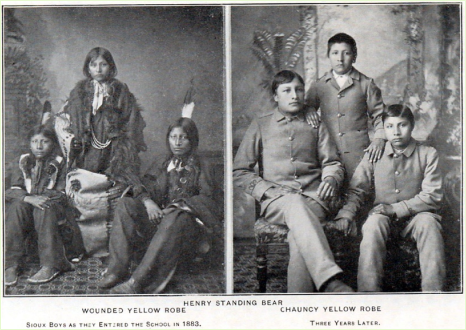
Top: Three young Lakota Indian boys pictured (left) wearing their tribal clothing upon their arrival at Carlisle Indian School, and (right) a short time later wearing their school military-style uniforms, ca. 1900.
Bottom: Tom Torlino-Navajo, pictured as he entered Carlisle Indian School in 1882 (left), and a short time later wearing his school uniform (right).
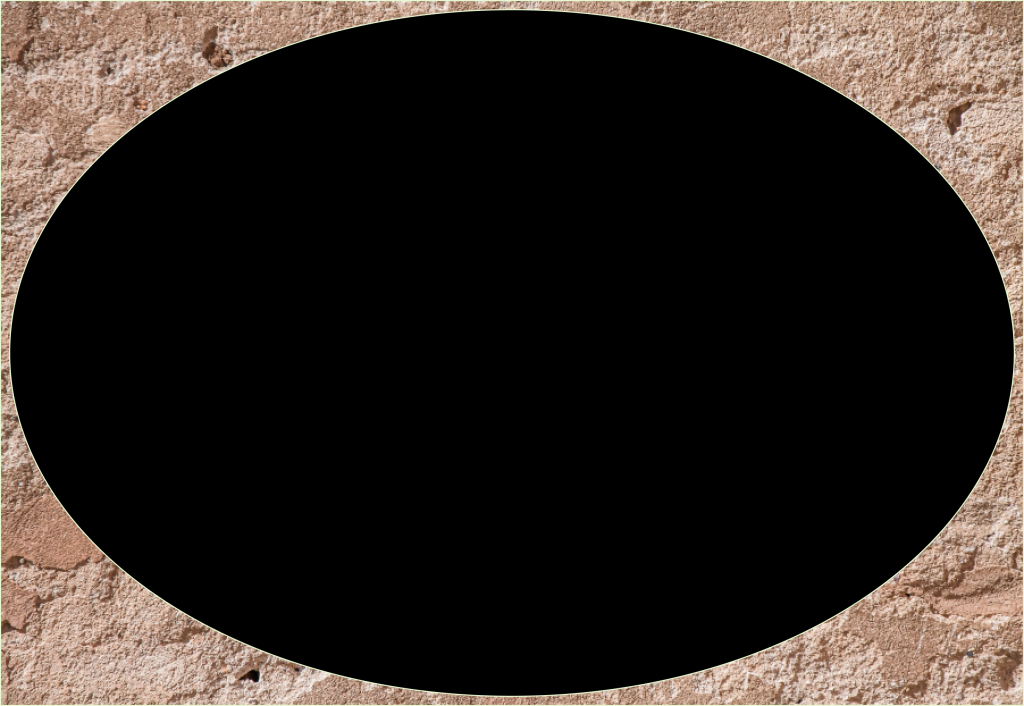

In 1860, the Bureau of Indian affairs began the practice of removing American Indian children from their families to attend schools designed to assimilate them into mainstream society. Parents weren’t legally allowed to refuse their children’s placement in off-reservation schools until 1978. [#03]
The Dawes Act of 1877 coerced Native people into Western models of property ownership instead of collective tribal ownership. This included forcing them to sell their tribal land to acquire cash and to adopt Western farming techniques.
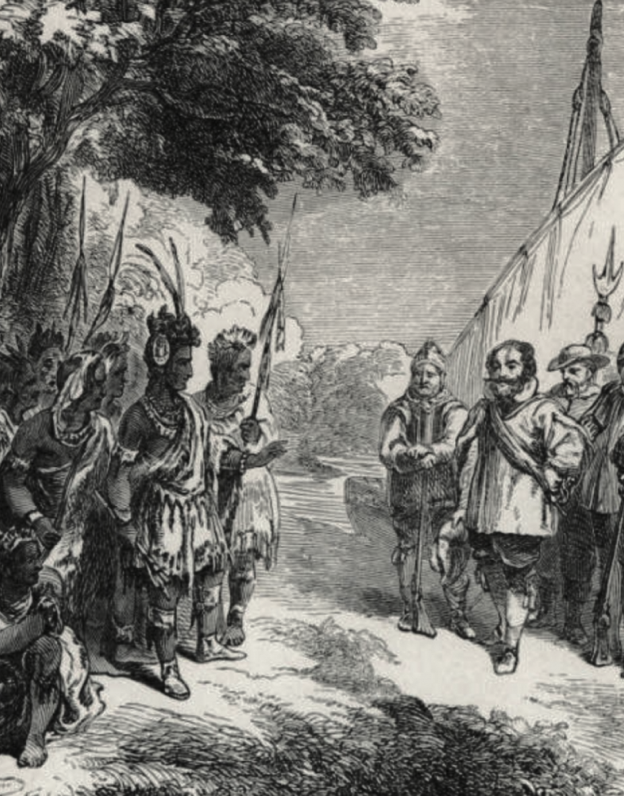
American Indians are the largest private landholders in the US, yet they have the highest poverty rate of any racial group. This is due in part to federal policy putting the wealth of Native people (including the land, natural resources, and income generated from such resources) under the control of the federal government, depriving tribes of untold amounts of revenue. [#04]
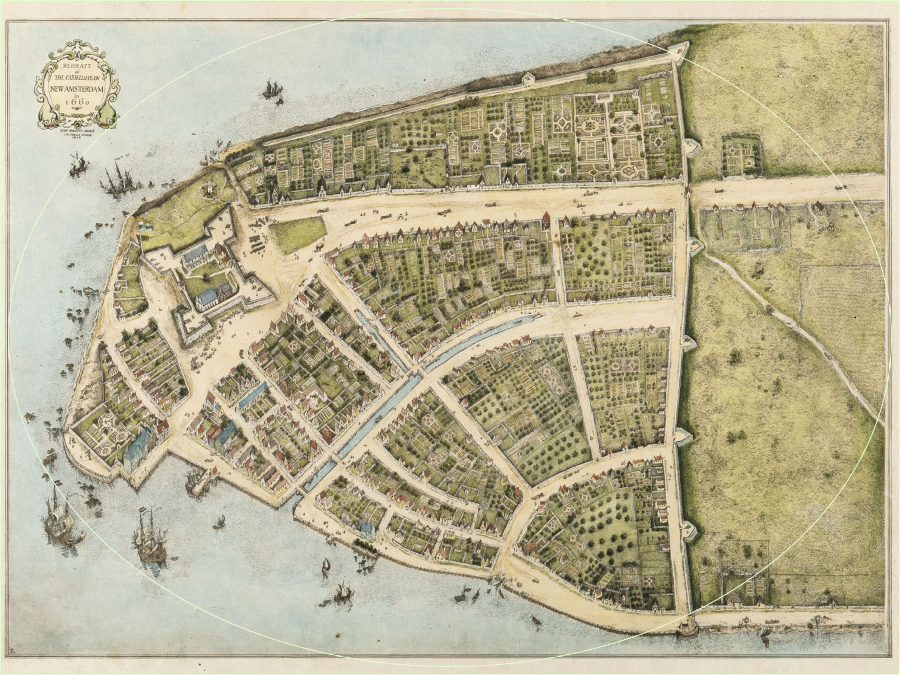
Early rendering of the wall for which Wall Street was named.
The “wall” after which Wall Street was named was built by enslaved people.
It kept members of the Lenape tribe from reclaiming their land.
Indian homelands
(1776 to present)
Indian Reservations




